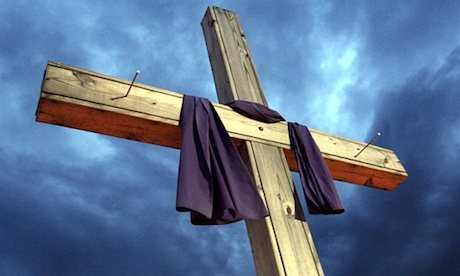The earliest mention of Lent in the history of the Church comes from the council of Nicaea in 325 AD.
The council of Nicaea is best known for the profession of faith – the ‘Nicene Creed’ – which is still recited in most parishes every Sunday immediately after the sermon.
However, the council also issued twenty canons of a practical nature, dealing with various aspects of church life, and the fifth of these canons speaks of Lent.
The word used for Lent in this fifth canon is tessarakonta (in the original Greek), which means ‘forty’.
For the first time in recorded history, we have mention of this period of preparation for Easter as lasting forty days.
Much earlier, Christians had introduced Easter Sunday to celebrate Christ’s resurrection. Soon afterwards, a period of two or three days preparation, specially commemorating Christ’s passion and death – the ‘Holy Week’ part of Lent today – had been adopted by various Christian communities.
But the first mention of a preparatory period lasting the forty days comes from this fifth canon of Nicaea. Continue reading.
Source: ThinkingFaith
Image: The Catholic Spirit
